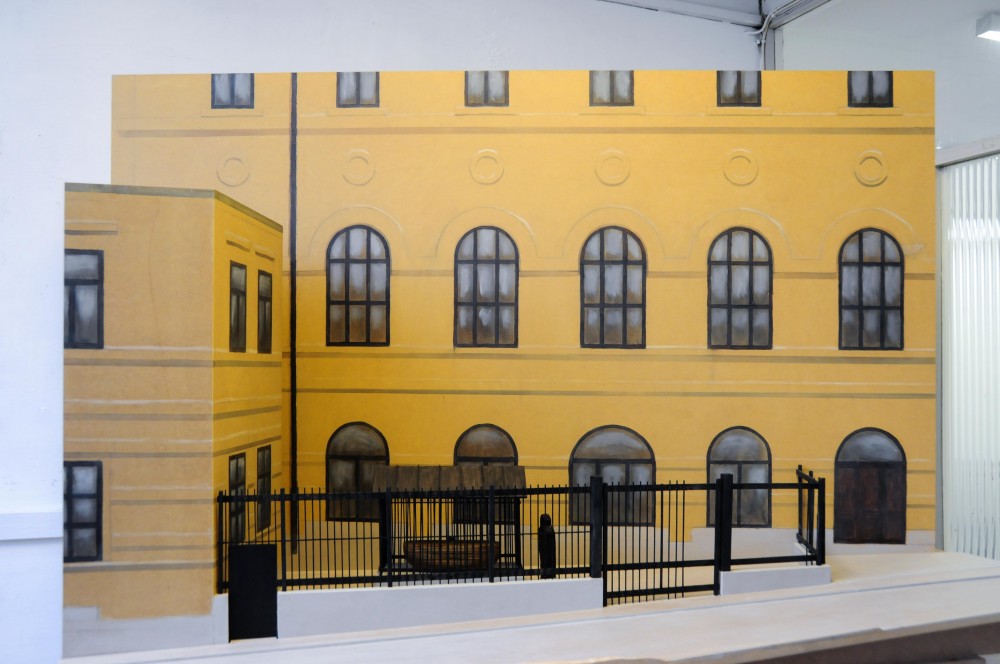Many of us associate Jan Håfström with his alter ego Mr Walker. A monumental Mr Walker now stands in Järnvägsparken near Stockholm Central Station. On nimble feet he is heading for unknown places. Both Stockholm and Håfström’s oeuvre comprise many different aspects. If we proceed from Järnvägstorget towards the parliamentary buildings, we come to Gamla Stan, the old town. Passing through the throngs and leaving the bustling Västerlånggatan towards Stora Gråmunkegränd, we soon approach the magical Ark. This work is of an entirely different nature to Mr Walker, but nevertheless in character with Håfström’s oeuvre.




Håfström’s feeling for ships and the presence of tar and wood have accompanied his entire artistic practice. In his early works, the shape of the boat or sarcophagus is manifested in objects and paintings. Among his books are Loggbok (1993), a poetic contemplation of the sea, travel and ships. Therefore, it is far from remarkable that Håfström envisioned an ark on his very first visit to Stora Gråmunkegränd, with rounded sides and the weight of carvel-built pine.
The lane has its very own atmosphere. It once belonged to the tanner district. The clamour from past and present blends in the alley, and the timeless sound of people at work bounces between the walls. Where the outline of the buildings gives way to the sky we see the tower of the Riddarholmen church. The stench that probably dominated here in the Middle Ages has now given way to a light smell of tar emanating from the surface treatment of the wooden ark. Although The Ark was only recently installed in the forecourt, it feels like it was always there. It is part of the Håfström magic; in his art, time is suspended, fragments of time are combined into something that may be new but gives most people the astonishing sense of having seen it on this very site when they passed by as children. The Ark was intended for Stora Gråmunkegränd.
From Stora Gråmunkegränd it sends its greeting to future generations about cooperation and humanity.
The Ark is an exquisite and powerful metaphor. Håfström describes it in “Notes on the Ark”. But The Ark also has an imposingly physical presence. A volume as much as an ark. A shrine as much as a monument in Gamla stan. The pine ark reposes in its nest of steel and granite. From Stora Gråmunkegränd it sends its greeting to future generations about cooperation and humanity.
Jan Håfström, born 1937, studied at Lund University and the Royal Institute of Art. His oeuvre is groundbreaking in many ways, not least for providing artistic inspiration and spanning several artistic disciplines. With his wide international recognition, he has represented Sweden at the Venice Biennale several times. The Ark is one of few public works by the artist. Jan Håfström lives in Stockholm.
Kristina Möster Nilsson, Curator
Work in Progress



















Jan Håfström comments his work.

Find the artwork
Här hittar du det.
Stora Gråmunkegränd 4, Stockholm, Sverige